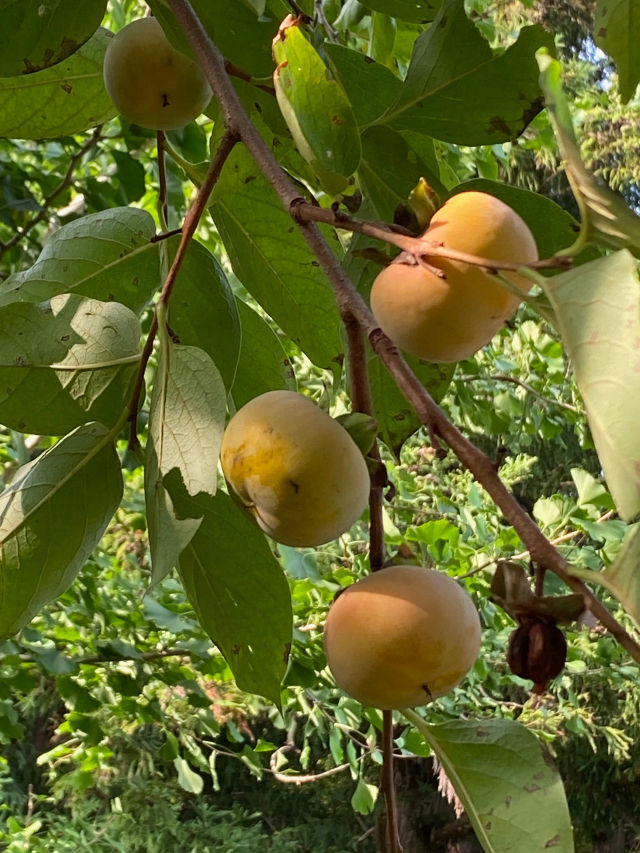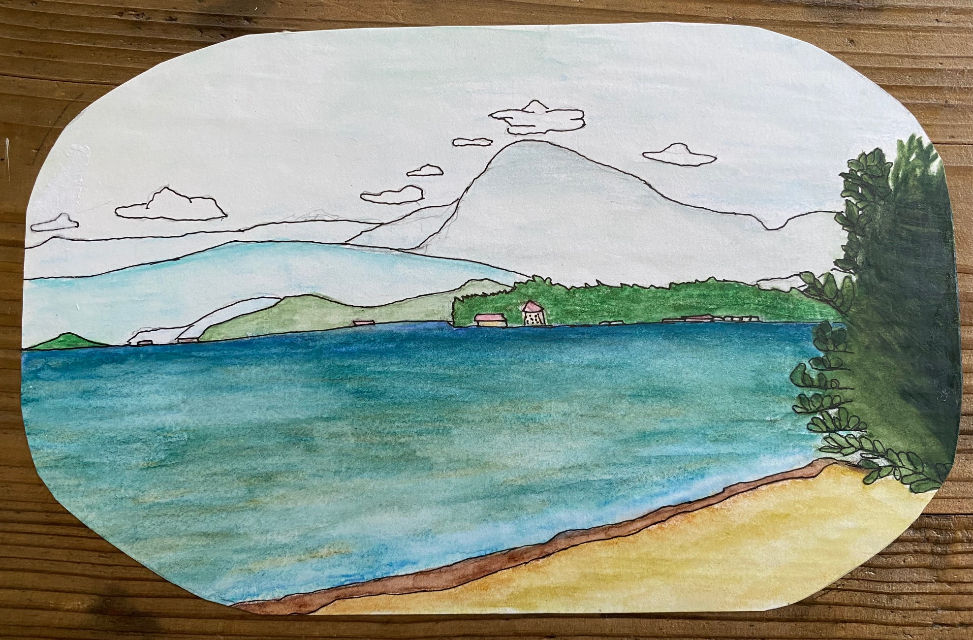TREASURES
- Rebecca Otowa
- Jun 15, 2020
- 4 min read

Many of you know that we are undergoing a sea change in our house, one that happens once a generation if that. My son and his family have come back from the United States and moved in with us in order to take their place (the 20th) in the generations that have lived here.
Needless to say, having four extra people in the house has meant that it’s necessary to clear space for them. They have plans to renovate part of the house for their living quarters, but before that, furniture must be moved and neglected corners cleared. This process has not happened on such a scale for decades, maybe longer. Sure, my husband and I have rearranged things a bit, such as when we moved our entire library out from under a seriously leaky roof – and in order to do that, we had to move stuff out of the place where the library was going to go. (Our house is something of a Rubik’s Cube in that sense.) But recently the scale of operations is larger. More than 10 large wardrobes, cabinets, and storage spaces have been made completely empty. Two out of three storehouses have been cleared out, the roofs and floors repaired, and one has had all the old furniture consolidated within it. (Sadly, though we have discovered a couple of secret compartments in cabinets, they were not filled with stashes of gold coins… in fact they were totally empty. Makes me want to put something in there for succeeding generations to find!)
In the course of removing and sorting two or three generations’ worth of stuff, we have found many interesting things. Newspapers from over 100 years ago. Wooden boxes from over 400 years ago. Old photos, journals, and books. Admittedly, a lot of the stuff has been amassed by my husband and me (we are, after all, the first Stuff Generation).
How do I decide what to keep and what to toss? My criteria are three: 1) Is it old? (by which I mean pre-WWII) 2) Does it have sentimental value? 3) Will it possibly be useful in the future? I could go on for pages, but the subjects of this blog belong to the second category.
In the course of sorting mountains of old futons, I found a summer futon that I made when I first came to Japan in 1978. A lady came selling cotton batting in the shape of futons door-to-door, and I decided to make one for myself using some beautiful cotton material with a Japanese-like design that I had brought with me from Australia. After over 40 years, this futon is now back on my bed.
But the oldest item from my past that reappeared was my teddy bear. He was one of a menagerie of companions with whom I used to while away boring naptimes when I was a preschooler. Brown, bristly, without eyes (of course, you don’t give very small children things with eyes that could be chewed off and swallowed), and with a substantial stitched repair on one of his ears, he is indeed a long-lost friend. My grandchildren immediately asked, “What’s his name?” but I couldn’t answer – I have forgotten. I just remember this bear, along with a purple bunny, a dog with a zipper compartment for a music box, and another dog with floppy ears, figuring in complicated stories I made up against the background of my bent knees as I lay in bed (the knees represented a castle, mountain, etc.). I could never sleep during nap time, so I would entertain myself by telling these stories. I guess I got the idea from puppet shows on early TV like Shari Lewis and her buddy Lamb Chop, who first appeared on a show called Captain Kangaroo in 1958 and went on to have her own PBS show in the 1990s.
According to this timeline, my teddy bear is now over 60 years old. It’s quite a journey he has made, from 1950s California to 1970s Australia (our family migrated there in 1968), and then from there to Japan around 1980, probably in a wooden cabinet my father made for me and sent over, thence into some kind of limbo in my present house for 40 years. It’s amazing that this little creature has followed me through my life, over three continents and 60 years. I’m sorry now that he spent so much time in darkness, but he was true and faithful and waited for me to discover him again. Now he has reappeared and sits on my bed, from which he will never again move if I have anything to say about it. I suppose someone will tuck him into my coffin when I die. It will be a fitting end for a lifetime friend.
It’s interesting to note which physical items accompany us through life. Before I found this teddy bear I would have said my oldest possession is a glass Wedgewood vase that I bought in London in 1973 to hold a bouquet sent me by my then boyfriend. (We had a spectacular fight around that time, and he went out of my life in 1977, but somehow I always kept the vase, and I still have it.) Have you ever thought about what your oldest possession is, and how it has accompanied you through life?
In a similar way, though not involving travel over great distances, the objects I have found on this odyssey through my house have also, in some manner, survived, though many of their fellows did not. The baskets, lacquer bowls, floor cushions, and farm tools were once new and were used by previous occupants, then put away in the cabinets and storehouses, to be unearthed by me and my family. Blinking in the unaccustomed light, they mutely plead to be used again. I once wrote a poem about the dishes stored in boxes in my storehouse, hundreds of them, as well as lacquerware, trays, etc. At one time it was the custom to bring them out when guests, twenty at a time, came for weddings, funerals, and village gatherings. Now that these don’t involve meals served at home, the dishes languish unused, unheated, unseen; I find this very sad. But how to use them? There is no longer any opportunity.
In this time of transition, I am glad I have found a little speck of continuity, my old teddy bear. He helps me get through the changes. That’s one of the happiest things about physical objects – they have lives of their own, and they live with us.



Use the dishes! Make them happy!